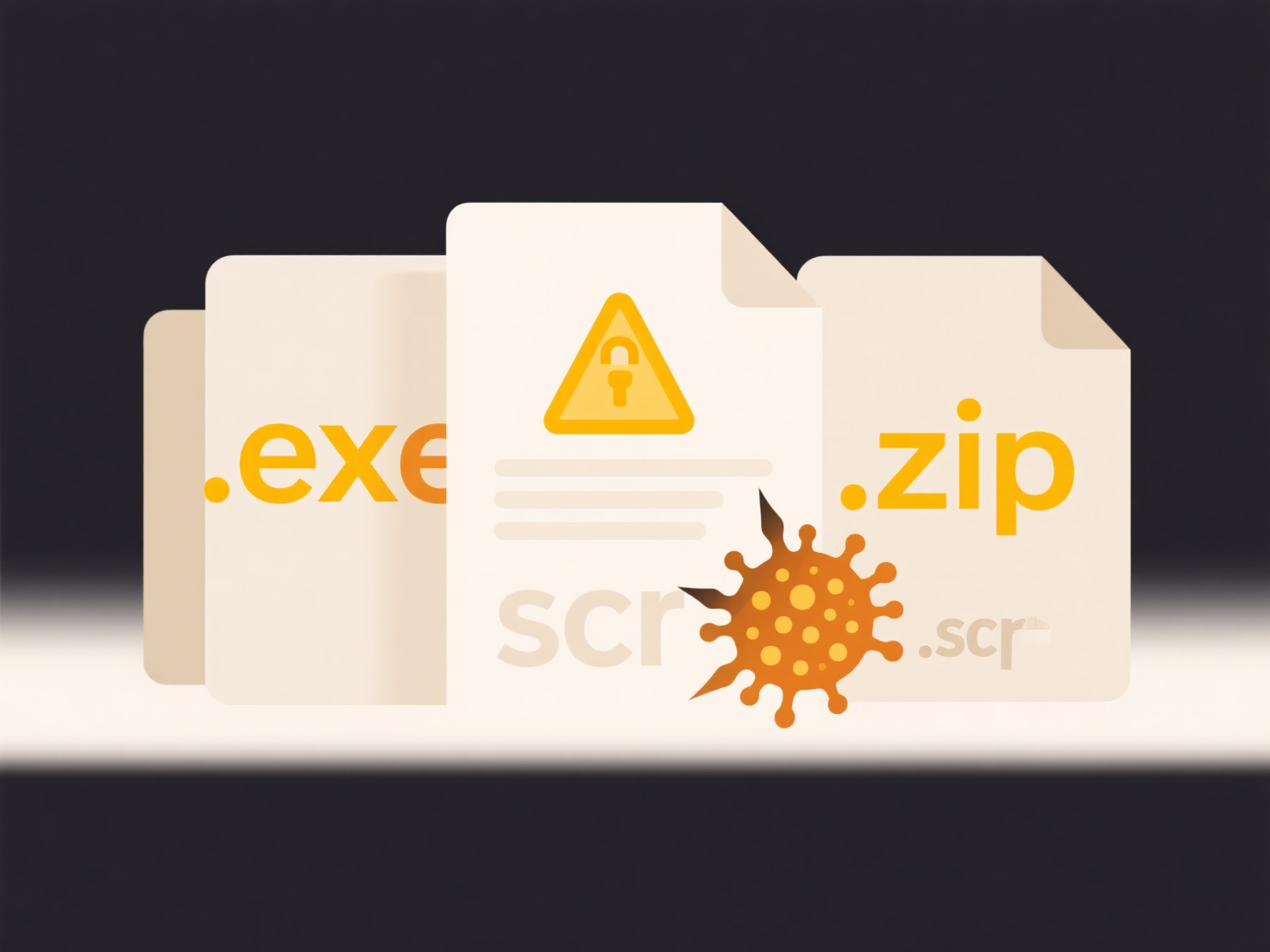
Folder structures are hierarchical systems organizing files within directories. Renaming a folder changes only its specific name; the files and subfolders contained within it remain entirely unchanged. This operation updates the top-level identifier while preserving the existing internal arrangement and relationships between the items inside. It differs fundamentally from moving a folder, which alters its entire path.
For example, you might rename a folder like "Project_Draft" to "Project_Final" after completing work, keeping all internal documents, spreadsheets, and image subfolders intact. A developer might rename a code directory like "app_v1" to "app_v2" during version upgrades without affecting the nested source code files. This is routinely done using file explorers (Windows Explorer, macOS Finder), command-line tools (mv, ren), or within integrated development environments (IDEs) and project management software.

The primary advantage is maintaining organization clarity without disrupting complex internal setups. Limitations arise if external files, shortcuts, applications, or scripts contain explicit references (hardcoded paths) to the old folder name; these will break and require updating, causing potential errors. Ethically, while renaming folders is generally low-risk, inadvertent loss of access can occur in collaborative environments if dependencies aren't updated. This simple operation allows efficient project evolution and documentation while ensuring vital file structures are preserved.
How do I rename folders while preserving internal file structure?
Folder structures are hierarchical systems organizing files within directories. Renaming a folder changes only its specific name; the files and subfolders contained within it remain entirely unchanged. This operation updates the top-level identifier while preserving the existing internal arrangement and relationships between the items inside. It differs fundamentally from moving a folder, which alters its entire path.
For example, you might rename a folder like "Project_Draft" to "Project_Final" after completing work, keeping all internal documents, spreadsheets, and image subfolders intact. A developer might rename a code directory like "app_v1" to "app_v2" during version upgrades without affecting the nested source code files. This is routinely done using file explorers (Windows Explorer, macOS Finder), command-line tools (mv, ren), or within integrated development environments (IDEs) and project management software.

The primary advantage is maintaining organization clarity without disrupting complex internal setups. Limitations arise if external files, shortcuts, applications, or scripts contain explicit references (hardcoded paths) to the old folder name; these will break and require updating, causing potential errors. Ethically, while renaming folders is generally low-risk, inadvertent loss of access can occur in collaborative environments if dependencies aren't updated. This simple operation allows efficient project evolution and documentation while ensuring vital file structures are preserved.
Related Recommendations
Quick Article Links
How do I handle duplicates with similar content but different names?
Handling duplicates with similar content but different names involves identifying and managing entities or data entries ...
Can I rename files based on email subject line?
Renaming files based on email subject lines involves automatically applying the text from an email's subject field as th...
Can I search across all drives at once?
Searching across all drives at once refers to the capability of a single query scanning multiple distinct storage device...